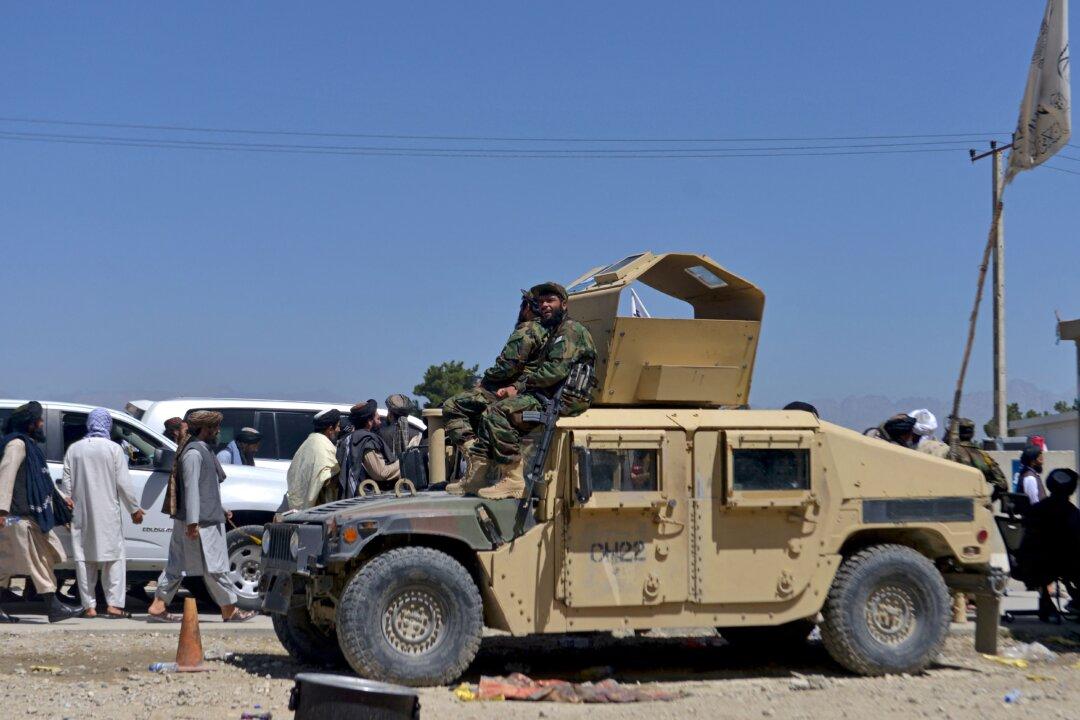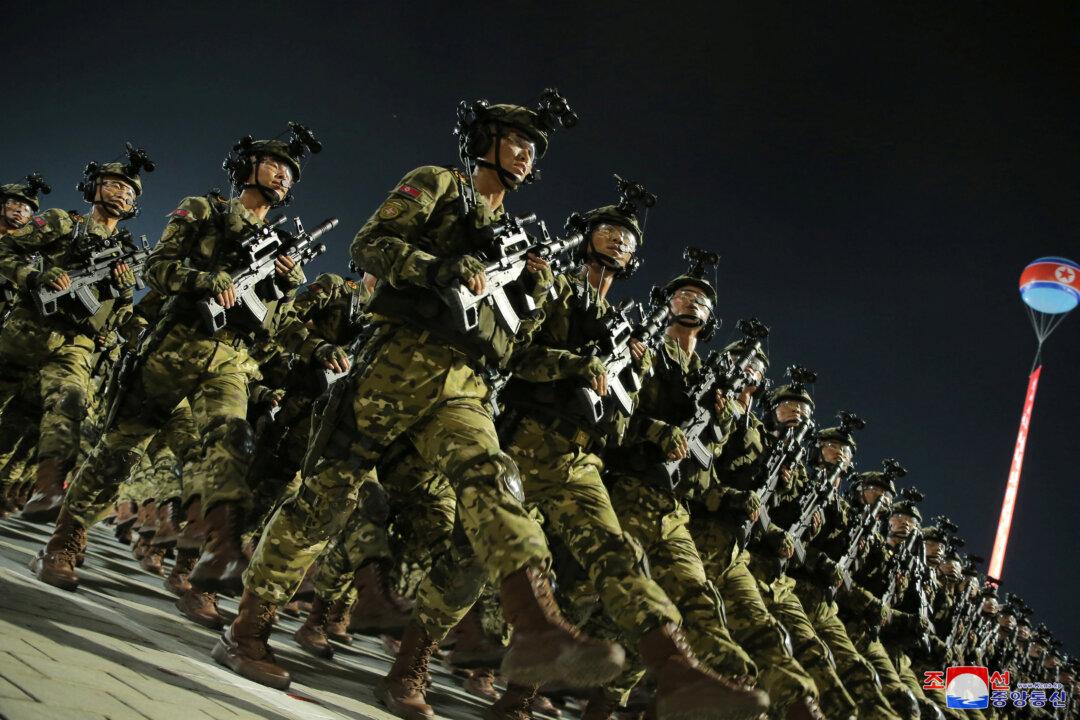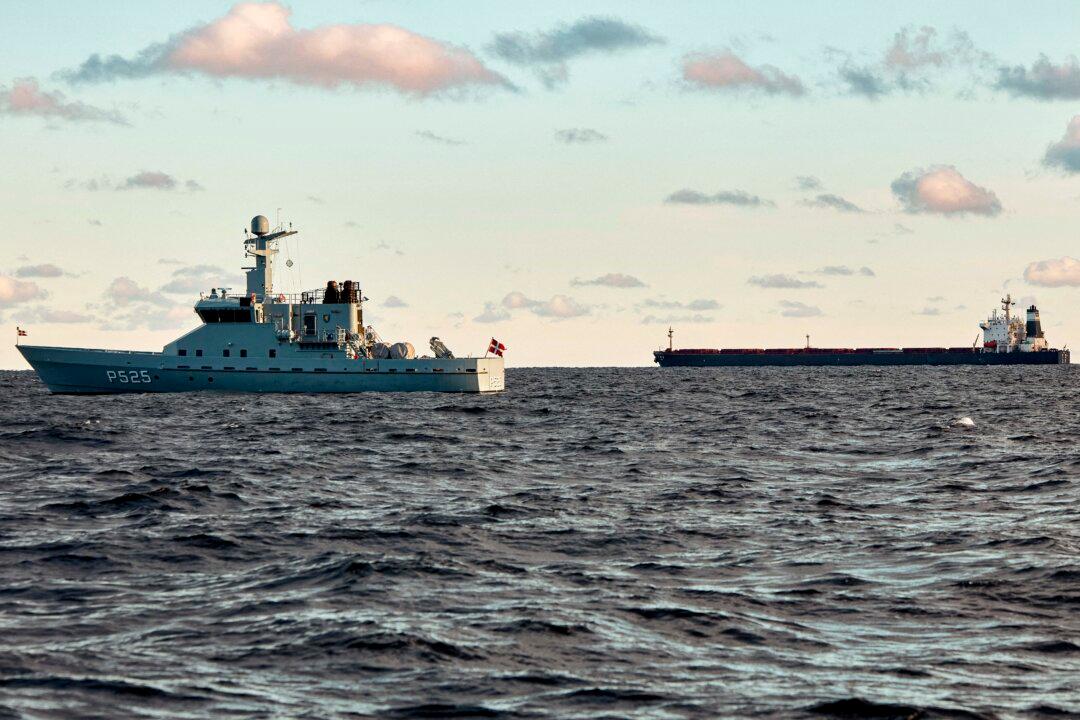A former Chinese senior military industrial engineer has revealed details of how Beijing’s copycat production and design processes work on the factory floor and the extent of the Chinese communist regime’s reliance on Western technology.
The military-industrial complex in China is not as formidable as it appears, and the West could immediately cut off supplies if the Chinese communist regime wages war on Taiwan, according to Zhao Jie, a professional with 13 years of experience in military product manufacturing.




